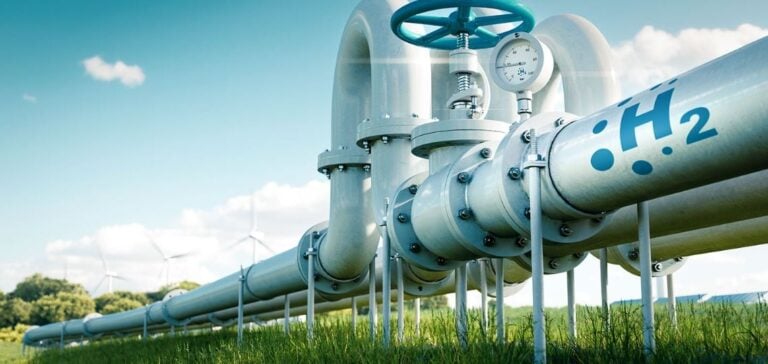The Canadian government is poised to provide unprecedented support to EverWind’s Point Tupper project as part of its energy transition strategy. The project aims for a 99% reduction in greenhouse gas emissions compared to fossil-based hydrogen, a performance validated by independent analyses. This achievement positions Canada at the forefront of global initiatives for green hydrogen.
A strategic validation for clean hydrogen
The Clean Hydrogen Investment Tax Credit (CH ITC) could finance 40% of the capital expenditures linked to this multi-billion-dollar project. This validation relies on rigorous carbon intensity studies conducted by Deloitte Canada and certified by RWDI, a globally recognized environmental engineering firm.
The Point Tupper project uses the Fuel Life Cycle Assessment Model to ensure strict regulatory compliance. According to Mark Vanderheyden, Chief Operating Officer at RWDI, this approach highlights the importance of independent verification within the clean energy industry.
A boost for Canada’s competitiveness
By becoming the first Canadian project eligible for the CH ITC, Point Tupper could serve as a catalyst for the development of similar initiatives. These tax credits aim to reduce the upfront costs of green hydrogen projects, encouraging their large-scale adoption.
Trent Vichie, CEO of EverWind, emphasized that this progress is crucial for positioning Canada as a global leader in the green hydrogen sector. While supply agreements are still under negotiation, the project’s construction is scheduled to begin in 2025.
A global commitment to decarbonization
The Point Tupper project aligns with global trends aimed at achieving ambitious emissions reduction targets. By leveraging proven technologies and strong partnerships, this initiative demonstrates that an energy transition based on clean hydrogen is both achievable and economically viable.
Nathan Steeghs, partner at Deloitte Canada, believes that initiatives like this will strengthen energy competitiveness while addressing global climate challenges. The success of Point Tupper could pave the way for new opportunities in the green energy sector in Canada.






















